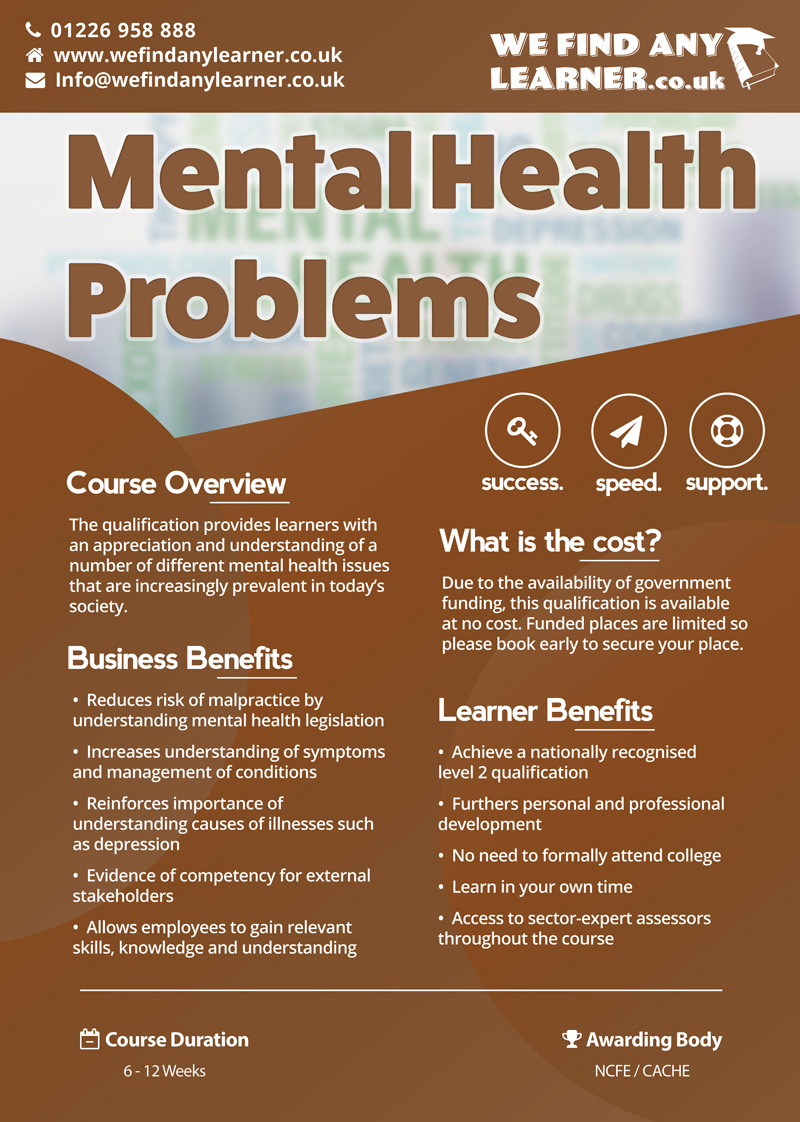Little Known Questions About The hidden links between mental disorders - Nature.

The Ultimate Guide To What is Serious Mental Illness? - SMI Adviser
Any Mental disorder is specified as a psychological, behavioral, or psychological disorder. AMI can differ in effect, ranging from no problems to moderate, moderate, and even serious impairment (e. g., individuals with major mental illness as defined listed below). Major Mental disorder is specified as a psychological, behavioral, or psychological disorder resulting in severe functional disability, which significantly interferes with or limits several significant life activities.

People with severe mental illness live shorter lives – but the solution isn't simple
Occurrence of Any Mental Disorder (AMI) Figure 1 shows the past year frequency of AMI amongst U.S. adults. In 2019, there were an approximated 51. 5 million grownups aged 18 or older in the United States with AMI. This number represented 20. 6% of all U.S. adults. The occurrence of AMI was higher amongst females (24.
The Best Guide To Massachusetts Department of Mental Health - Mass.gov

3%). Young adults aged 18-25 years had the greatest occurrence of AMI (29. 4%) compared to grownups aged 26-49 years (25. 0%) and aged 50 and older (14. 1%). The occurrence of AMI was highest amongst the grownups reporting 2 or more races (31. 7%), followed by White grownups (22.
The prevalence of AMI was lowest amongst Asian grownups (14. 4%). Neuronhive of Any Mental Disorder Among U.S. Adults (2019) Group Percent Overall 20. 6 Sex Female 24. 5 Male 16. 3 Age 18-25 29. 4 26-49 25. 0 50+ 14. 0 Race/Ethnicity Hispanic or Latino * 18.

What Is Mental Health Awareness and Why Does It Matter? - Port StLucie
The Single Strategy To Use For Mental Health Disorder Statistics - Johns Hopkins Medicine
2 Black 17. 3 Asian 14. 4 NH/OPI 16. 6 AI/AN 18. 7 2 or More 31. 7 * Persons of Hispanic origin may be of any race; all other racial/ethnic groups are non-Hispanic. NH/OPI = Native Hawaiian/ Other Pacific Islander AI/AN = American Indian/ Alaskan Native Mental Health Services AMI Figure 2 presents data on psychological health services received within the previous year by U.S.
NSDUH specifies mental health services as having gotten inpatient treatment/counseling or outpatient treatment/counseling, or having utilized prescription medication for issues with emotions, nerves, or psychological health. In 2019, among the 51. 5 million adults with AMI, 23. 0 million (44. 8%) received psychological health services in the past year. More females with AMI (49.
